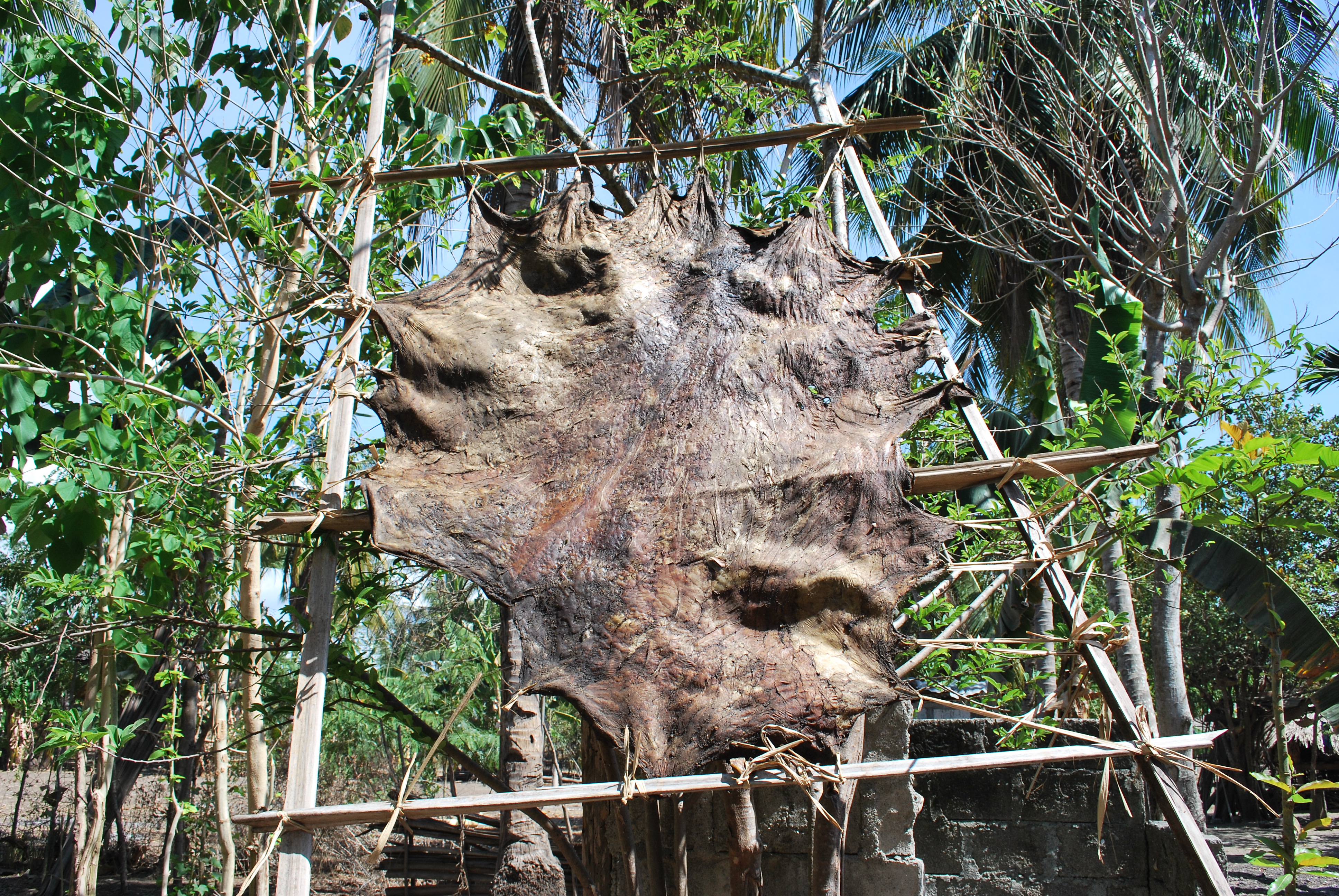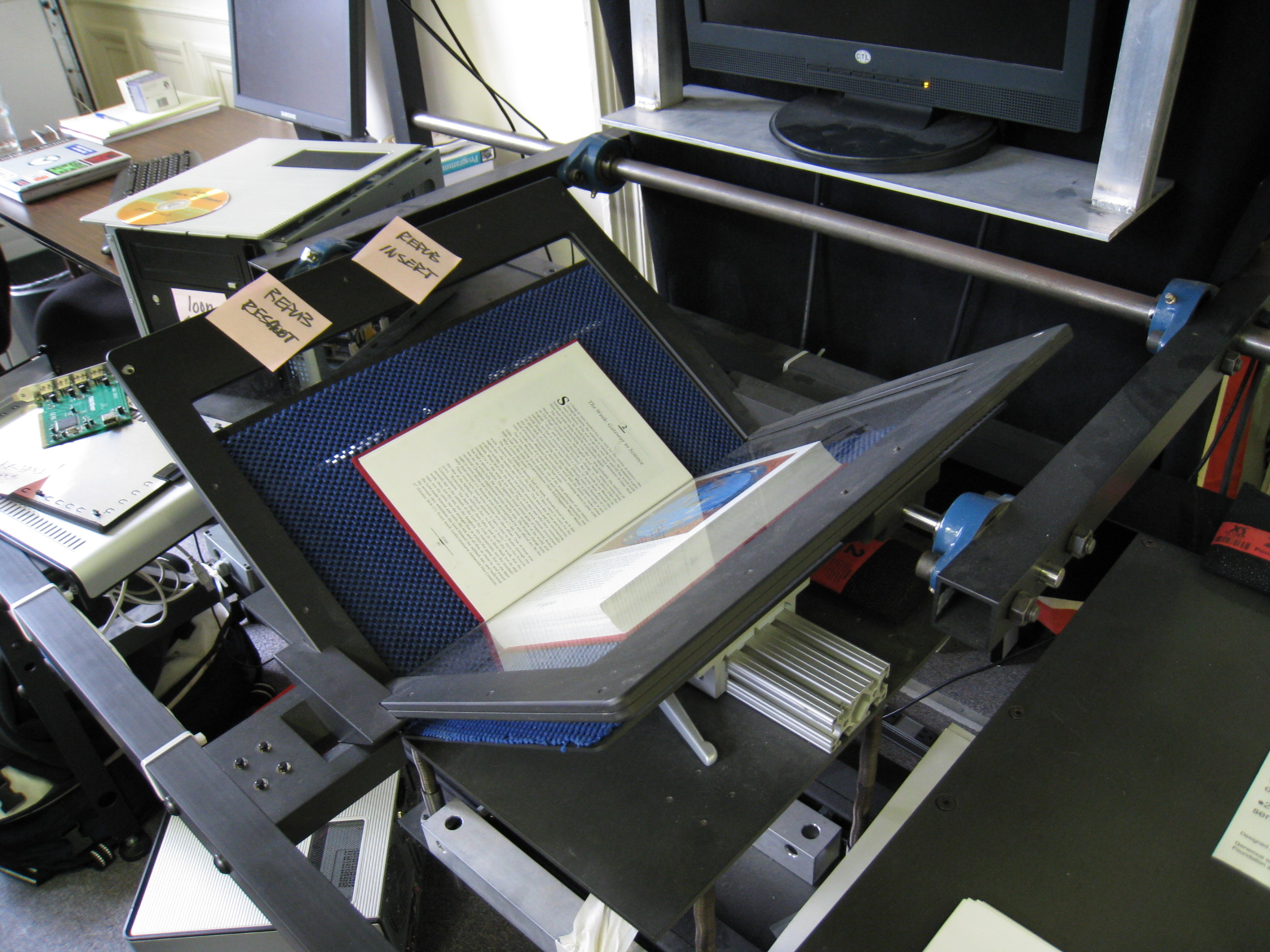|
Preservation (library And Archive)
In conservation, library and archival science, preservation is a set of preventive conservation activities aimed at prolonging the life of a record, book, or object while making as few changes as possible. Preservation activities vary widely and may include monitoring the condition of items, maintaining the temperature and humidity in collection storage areas, writing a plan in case of emergencies, digitizing items, writing relevant metadata, and increasing accessibility. Preservation, in this definition, is practiced in a library or an archive by a conservator, librarian, archivist, or other professional when they perceive a collection or record is in need of maintenance. Preservation should be distinguished from interventive conservation and restoration, which refers to the treatment and repair of individual items to slow the process of decay, or restore them to a usable state. " Preventive conservation" is used interchangeably with "preservation". Fundamentals Standard ... [...More Info...] [...Related Items...] OR: [Wikipedia] [Google] [Baidu] |
Mass Deacidification
Mass deacidification is a term used in library and information science as one possible measure against the degradation of paper in old books, the so-called " slow fires". The goal of the process is to increase the pH of acidic paper. Although acid-free paper has become more common, a large body of acidic paper still exists in books made after the 1850s; this is because of its cheaper and simpler production methods. Acidic paper, especially when exposed to light, air pollution, or high relative humidity, yellows and becomes brittle over time. During mass deacidification an alkaline agent is deposited in the paper to neutralize existing acid and prevent further decay. Mass deacidification is intended for objects on acidic paper that will be lost if no action is performed. History of research and process development Mass deacidification—along with microfilm and lamination—was developed during the early and mid-20th century as a response to the chemical process of hydrolysis ... [...More Info...] [...Related Items...] OR: [Wikipedia] [Google] [Baidu] |
Acid-free Paper
Acid-free paper is paper that, if infused in water, yields a neutral or basic pH (7 or slightly greater). It can be made from any cellulose fiber as long as the active acid pulp is eliminated during processing. It is also lignin- and sulfur-free. Acid-free paper addresses the problem of preserving documents and preserving artwork for long periods. Overview Paper made from wood-based pulp that has not had its lignin removed turns yellow, becomes brittle and deteriorates. When exposed to light and/or heat, the molecules in the acidic paper will break down faster. Acidic wood-pulp paper became commonplace in the late 19th century, and in the 1930s. William Barrow (a chemist and librarian) published a report about the deterioration of acidic paper in the libraries. For fear of the gradual disintegration of written materials, measures have since been taken to improve the quality of paper. During production, acid-free paper may be treated with a mild base (usually calcium or m ... [...More Info...] [...Related Items...] OR: [Wikipedia] [Google] [Baidu] |
Realia (library Science)
In library classification systems, realia are three-dimensional objects from real life such as coins, tools, and textiles, that do not fit into the traditional categories of library material. They can be either human-made (artifacts, tools, utensils, etc.) or naturally occurring (specimens, samples, etc.), usually borrowed, purchased, or received as donation by a teacher, library, or museum for use in classroom instruction or in exhibits. Archival and manuscript collections often receive items of memorabilia such as badges, emblems, insignias, jewelry, leather goods, needlework, etc., in connection with gifts of personal papers. Most government or institutional archives reject gifts of non-documentary objects unless they have a documentary value. When accepting large bequests of mixed objects they normally have the donors sign legal documents giving permission to the archive to destroy, exchange, sell, or dispose in any way those objects which, according to the best judgement of t ... [...More Info...] [...Related Items...] OR: [Wikipedia] [Google] [Baidu] |
Ephemera
Ephemera are items which were not originally designed to be retained or preserved, but have been collected or retained. The word is etymologically derived from the Greek ephēmeros 'lasting only a day'. The word is both plural and singular. One definition for ephemera is "the minor transient documents of everyday life". Ephemera are often paper-based, printed items, including menus, ticket stubs, newspapers, postcards, posters, sheet music, stickers, and greeting cards. However, since the 1990s, the term has been used to refer to digital artefacts or texts. Since the printing revolution, ephemera has been a long-standing element of everyday life. Some ephemera are ornate in their design, acquiring prestige, whereas others are minimal and notably utilitarian. Virtually all conceptions of ephemera make note of the object's disposability. Collectors and special interest societies have contributed to a greater willingness to preserve ephemera, which is now ubiquitous in archives ... [...More Info...] [...Related Items...] OR: [Wikipedia] [Google] [Baidu] |
Leather
Leather is a strong, flexible and durable material obtained from the tanning (leather), tanning, or chemical treatment, of animal skins and hides to prevent decay. The most common leathers come from cattle, sheep, goats, equine animals, buffalo, pigs and hogs, ostriches, and aquatic animals such as seals and alligators. Leather can be used to make a variety of items, including clothing, footwear, handbags, furniture, tools and sports equipment, and lasts for decades. Leather making has been practiced for more than 7,000 years and the leading producers of leather today are China and India. Critics of tanneries claim that they engage in unsustainable practices that pose health hazards to the people and the environment near them. Production processes The leather manufacturing process is divided into three fundamental subprocesses: preparatory stages, tanning, and crusting. A further subprocess, finishing, can be added into the leather process sequence, but not all leathers ... [...More Info...] [...Related Items...] OR: [Wikipedia] [Google] [Baidu] |
Sizing
Sizing or size is a substance that is applied to, or incorporated into, other materials—especially papers and textiles—to act as a protective filler or glaze. Sizing is used in papermaking and textile manufacturing to change the absorption and wear characteristics of those materials. Sizing is used for oil-based surface preparation for gilding (sometimes called ''mordant'' in this context). It is used by painters and artists to prepare paper and textile surfaces for some art techniques. Sizing is used in photography to increase the sharpness of a print, to change the glossiness of a print, or for other purposes depending on the type of paper and printing technique. Fibers used in composite materials are treated with various sizing agents to promote adhesion with the matrix material. Sizing is used during paper manufacture to reduce the paper's tendency when dry to absorb liquid, with the goal of allowing inks and paints to remain on the surface of the paper and to dry t ... [...More Info...] [...Related Items...] OR: [Wikipedia] [Google] [Baidu] |
Microform
A microform is a scaled-down reproduction of a document, typically either photographic film or paper, made for the purposes of transmission, storage, reading, and printing. Microform images are commonly reduced to about 4% or of the original document size. For special purposes, greater optical reductions may be used. Three formats are common: microfilm (reels), microfiche (flat sheets), and aperture cards. Microcards, also known as "micro-opaques", a format no longer produced, were similar to microfiche, but printed on cardboard rather than photographic film. Equipment is available that accepts a data stream from a computer; this exposes film to produce images as if the stream had been sent to a line printer and the listing had been microfilmed. The process is known as computer output microfilm or computer output microfiche (COM). History Using the daguerreotype process, John Benjamin Dancer was one of the first to produce microphotographs, in 1839. He achieved a reduction ... [...More Info...] [...Related Items...] OR: [Wikipedia] [Google] [Baidu] |
Data Storage Device
Data ( , ) are a collection of discrete or continuous values that convey information, describing the quantity, quality, fact, statistics, other basic units of meaning, or simply sequences of symbols that may be further interpreted formally. A datum is an individual value in a collection of data. Data are usually organized into structures such as tables that provide additional context and meaning, and may themselves be used as data in larger structures. Data may be used as variables in a computational process. Data may represent abstract ideas or concrete measurements. Data are commonly used in scientific research, economics, and virtually every other form of human organizational activity. Examples of data sets include price indices (such as the consumer price index), unemployment rates, literacy rates, and census data. In this context, data represent the raw facts and figures from which useful information can be extracted. Data are collected using techniques ... [...More Info...] [...Related Items...] OR: [Wikipedia] [Google] [Baidu] |
Digitization
Digitization is the process of converting information into a digital (i.e. computer-readable) format.Collins Dictionary. (n.d.). Definition of 'digitize'. Retrieved December 15, 2021, from https://www.collinsdictionary.com/dictionary/english/digitize The result is the representation of an object, image, sound, document, or signal (usually an analog signal) obtained by generating a series of numbers that describe a discrete set of points or samples. The result is called ''digital representation'' or, more specifically, a ''digital image'', for the object, and ''digital form'', for the signal. In modern practice, the digitized data is in the form of binary numbers, which facilitates processing by digital computers and other operations, but digitizing simply means "the conversion of analog source material into a numerical format"; the decimal or any other number system can be used instead. Digitization is of crucial importance to data processing, storage, and transmission, bec ... [...More Info...] [...Related Items...] OR: [Wikipedia] [Google] [Baidu] |
Digital Preservation
In library science, library and archival science, digital preservation is a formal process to ensure that digital information of continuing value remains accessible and usable in the long term. It involves planning, resource allocation, and application of Preservation (library and archive), preservation methods and Technology, technologies,Day, Michael. "The long-term preservation of Web content". Web archiving (Berlin: Springer, 2006), pp. 177-199. . and combines policies, strategies and actions to ensure access to digital reformatting, reformatted and "born-digital" content, regardless of the challenges of media failure and technological change. The goal of digital preservation is the accurate rendering of authenticated content over time.Evans, Mark; Carter, Laura. (December 2008). The Challenges of Digital Preservation. Presentation at the Library of Parliament, Ottawa. The Association for Library Collections and Technical Services Preservation and Reformatting Section of the A ... [...More Info...] [...Related Items...] OR: [Wikipedia] [Google] [Baidu] |





